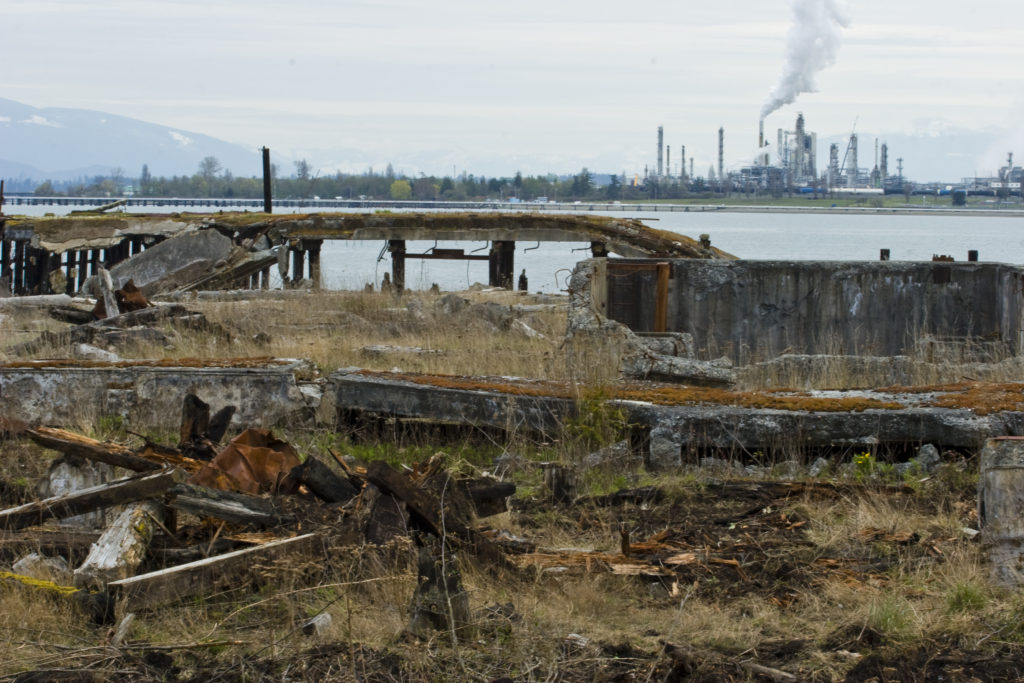Get ready for a resurrection of the Superfund tax

The Superfund is on its way back.
Originally enacted in 1980 as the Hazardous Waste Contamination Act, the Superfund was an excise tax assessed against the chemical, oil and gas industries, according to John Beatty, general manager over excise tax at Avalara. “It hit anyone who used items from a certain list of chemicals that could potentially lead to contaminated sites,” he said.
“It seemed like every other month there was a story about toxic waste going into a river or lake. The Superfund was used to offset the costs to clean up these sites. It was enacted under Carter, and renewed by Reagan. The original fund went to the EPA for overseeing cleanup costs, but it was allowed to lapse in 1995.”
“Remediation costs can be massive for large incidents,” Beatty explained. “For example, taking 10 yards of dirt over hundreds of acres and disposing it, then proving that the layer underneath is clean, incurred huge costs. It put some oil and gas companies out of business, or led to a buyout.Typically most didn’t go out of business but their assets were bought up.”
Since the Superfund lapsed in 1995, the EPA has been leveraging Treasury funds for site cleanup of 44,000 sites, according to Beatty. “The national priority list of sites currently has 1,300 sites,” he said. “The money for cleanup comes from taxpayers.”
Sen. Cory Booker, D-New Jersey, is one of the senators spearheading an initiative to bring back Superfund as part of the infrastructure bill, Beatty noted: “There is bipartisan support to fund the bill. One of the reasons for support is its potential to help offset expenses of the infrastructure bill, generating potentially $1.2 billion annually. At least it’s something to put in the ‘credit’ column.”
“Roughly 70% of contaminated sites have been identified and the perpetrators assessed for cleanup,” said Beatty. “But the big issue now is the 30% that are “orphan” sites [where no party has been identified as responsible for polluting or cleanup]. New Jersey has the highest number of contaminated sites, followed by California and New York.”

Jeff Ferguson/photogeek – stock.adobe.com
One issue with bringing back Superfund is the heavy toll it will take on the chemical, oil and gas industries, according to Beatty.
The proposal contains a list of 42 different chemicals, 10 of which are prevalent in the oil and gas industries, Beatty indicated. “Section 4661, as reinstated, would impose a per-ton tax on the sale of these chemicals, ranging from 44 cents per ton on potassium hydroxide to $9.74 per ton on benzene, butane, and other common chemicals found in fuels and industrial products. The Superfund excise tax will double rates across the board from 1995,” he said.
“The tax will apply not only on the production but the importation of these chemicals. It will have a significant impact on industry as a whole, not just on bad actors who are not following guidelines,” he said. “Two provisions we’re monitoring are possible exemptions for chemicals used in the production of motor fuel, aviation fuel, or diesel fuel, and an exemption for certain chemicals that could be used for fertilizers.”
The bill has been passed by the Senate, and is on the House floor. “It’s been held up with other reconciliation items, but there is a strong feeling that this will pass,” said Beatty. “It’s being billed as an old tax that has been brought back to life, but it’s essentially a new tax. The costs will be passed on to consumers.”
“It’s one of the hottest topics in the tax space,” he said. “Most accountants who are familiar with the original Superfund tax are retired — this will be new to many tax and accounting professionals. Calculating the tax correctly involves identifying sources of data from supply chains and accurately reporting on the data to be compliant.”


